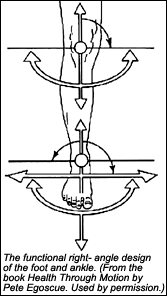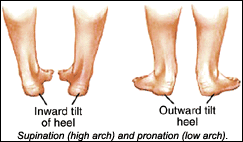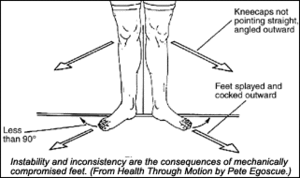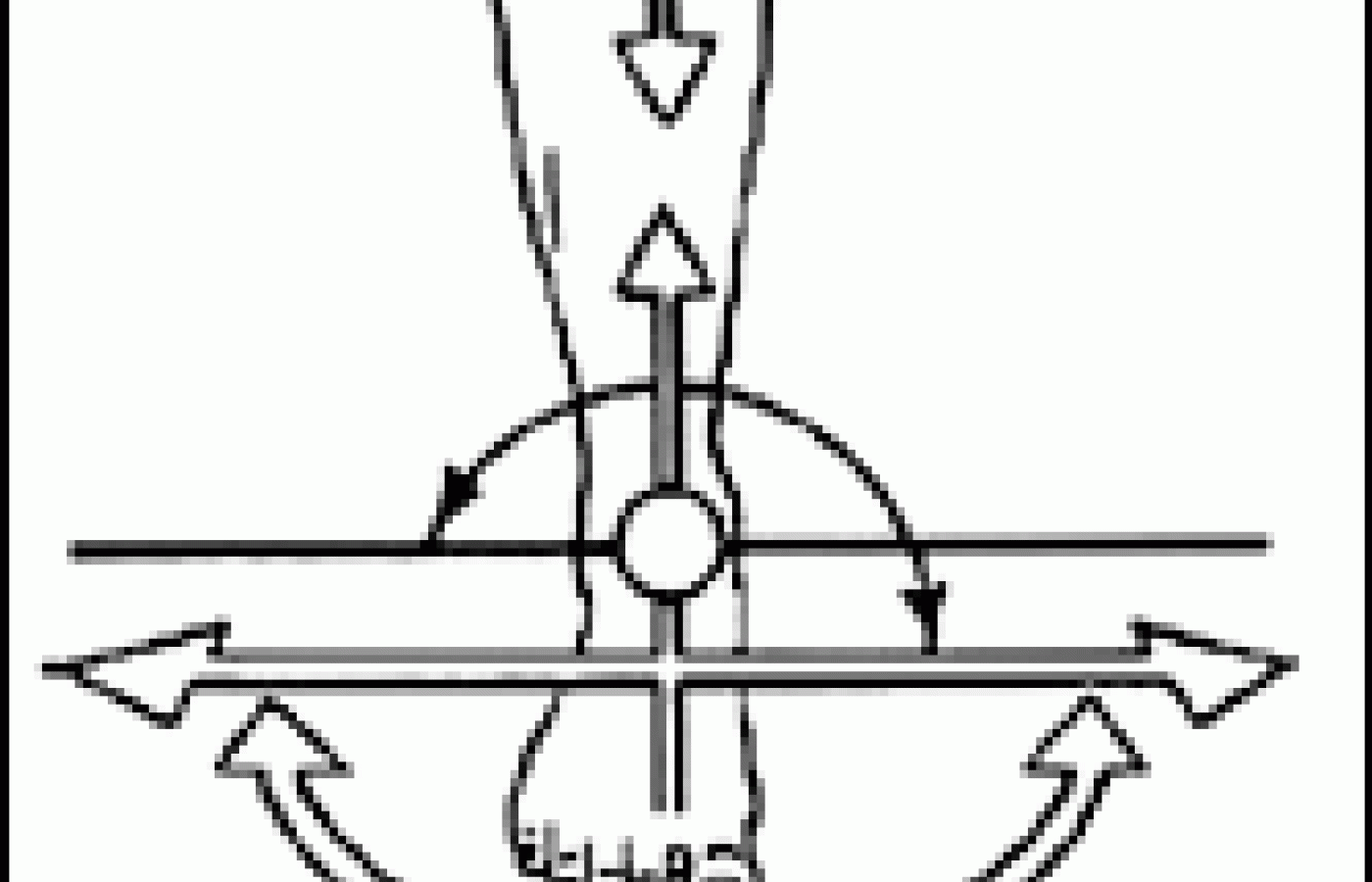You became a chiropractor to serve people, not an insurance company. You deserve to run a business that aligns with your values, supports your family and lights you up. Cash-based care isn’t just a pricing model – it’s a philosophy rooted in freedom, trust and respect for your patients and for yourself. Here's why - and how - to do it.
Chiropractic and Golf, Part 10: Footwork
Good footwork is essential to playing better golf - but what is good footwork, and how can it be evaluated and, when necessary, treated?
Good footwork begins with feet that are fit, functional and mechanically sound. The feet are designed to point straight ahead; each foot is designed to be directly beneath the knee. When the feet are out of positional alignment, unwanted torque occurs in the gait muscles, beginning in the hips. In this scenario, the body must introduce compensating motion with every step.



Supination and pronation influence the stability of the pivot during the backswing. Seventy-five percent of the body weight transfers directly into the quadriceps of the back leg at the top of the backswing. The back foot must be able to support this weight transfer, then push the weight to the front foot during the downswing.
Additionally, a golfer walks an average of three to five miles over a period of four to five hours while completing 18 holes of golf. With conditions of supination, pronation, bunions or hammertoes beneath the ankle, the golfer risks chronic instability when attempting to transfer the weight during the golf swing or walk without compromise.
Recommendations
Many diversified adjusting techniques work well to reduce subluxations in the ankles and feet. There also are several excellent seminars to choose from if your technique needs some polishing.
Orthopedic appliances (supportive shoe inserts) are recommended for any golf patient diagnosed with chronic mechanical instability of the knee, ankle or feet.
(Note: Many professional golfers now use orthotics. One study reports that regular use of orthotics will increase the player's club head velocity an average of 3.5 mph, which translates to an additional 10-15 yards of distance off the tee!)
Jeffry Blanchard, DC
Encinitas, California
jeff@doctorforgolf.com
DoctorForGolf.com



